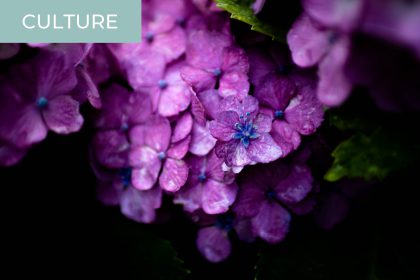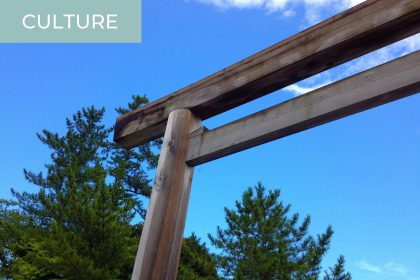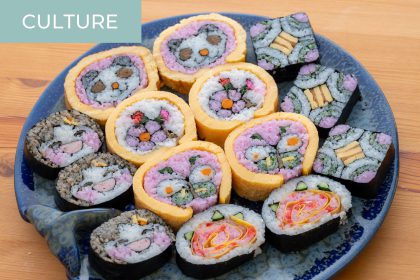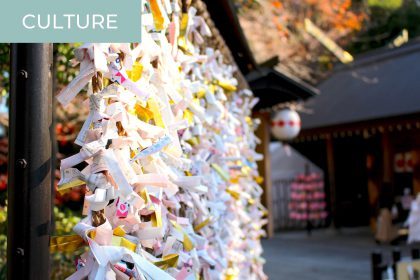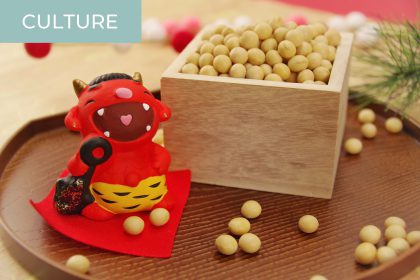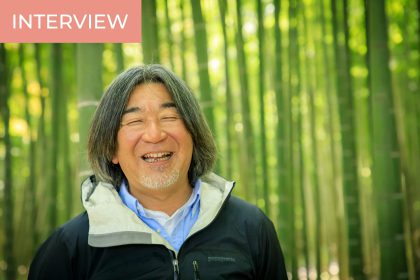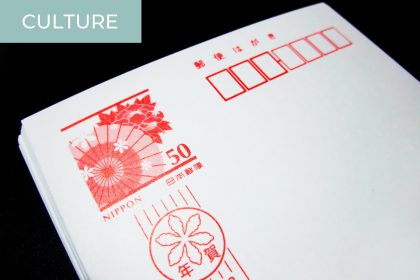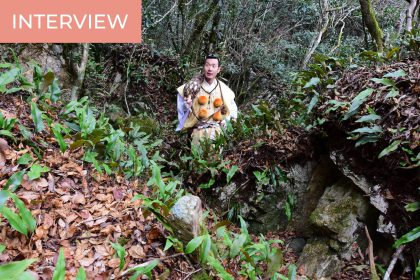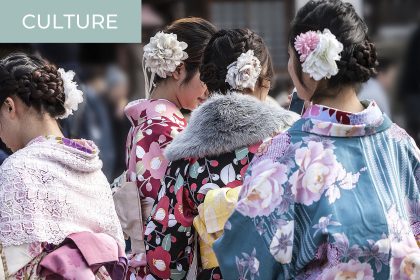Japanese people are famous for loving and admiring flowers in spring, during which they gather in parks all over the country to enjoy hanami, or cherry blossom viewing. However, this appreciation for flowers does not stop there, and Japanese people observe the blooming of flowers every season. During summer, they especially appreciate two sorts: ajisai…
The Correct Manners When Visiting the Japanese Grand Shrine of Ise
The gods of the Ise Grand Shrine have been enshrined here for over 2,000 years, and this shrine is the holiest in Japan. It is one of the places Japanese people hope to visit at least once in their lifetime. It has a special and mystical atmosphere, with its 100-year-old cedar trees. Here are eight…
The Unique Festive Sushi from Chiba Prefecture
If you are familiar with Japanese food, you may know the two most common types of sushi. The first is nigirizushi, literally “sushi pressed in hand,” for which a piece of raw fish is put on top of some rice molded by hand. The other type is makizushi, the famous sushi rolls, for which a piece of…
The Meaning of Hina Matsuri, the Japanese Girls’ Day and Its Dolls
Hina Matsuri is a festival celebrated on March 3rd to pray for the health and good future of young girls. When a girl is born into a family, it is customary for the relatives to offer hina ningyo (hina dolls). On the day of the festival, these dolls are displayed in the household. The Origins of Hina Matsuri The history of hina…
How to Consult an Oracle at Japanese Shrines and Temples
If you have already visited a Japanese shrine, you may have wondered what the folded papers attached to trees or threads were. These are called omikuji, or oracles. What is written on them is believed to be a message from the deities. They are provided in many forms: some shrines and temples have sorts of…
Casting Evil Away: The Japanese Celebration of Setsubun
The characters for setsubun in Japanese are 節分, literally meaning “season division.” This celebration traditionally takes place on February 3rd, one day before spring according to the lunar calendar. In older times, spring used to be the New Year, so setsubun can be understood as a form of ancient New Year’s Eve. To welcome the new year…
Japan’s Most Beautiful Bamboo Forest Is in Utsunomiya
Wakayama Farm is an exceptional place in Utsunomiya, a city that can be reached in one hour by Shinkansen from Tokyo. Despite its name having the word “farm,” Wakayama Farm is home to the last carefully tended bamboo forest in Japan. A few years ago, it started welcoming visitors on its ground. Its owner Taro…
The Nengajo Postcards: How Japanese People Send Their Best Wishes
Japanese people exchange nengajo postcards as New Year greetings, much like Western people sending Christmas cards to each other. Nengajo and New Year Greetings in Japan In Japan, it was a long-established custom to personally present your greetings to people who had helped you and to your superiors at the beginning of the year. They…
The Japanese Shugendo Religion, Explained
Taichi Tani is a monk in a village in Kochi Prefecture on Shikoku Island. Although Shikoku is famous for its pilgrimage and numerous Shingon Buddhism temples, Mr. Tani’s temple is outside the pilgrimage route and from another tradition: Shugendo. Shugendo is a Japanese religion mixing Buddhism, Shinto, and Taoism. Ascetic training in the mountains is a central…
The Japanese Traditions For Year-End and New Year’s Holidays
The New Year, called “O-Shogatsu” in Japanese, is a traditionally very important holiday for Japanese people. In ancient times, January used to be early spring according to the lunar calendar. It was the season when everything started flourishing again. Like in many other cultures, people gathered and wished each other a prosperous year. Today’s Japanese…

